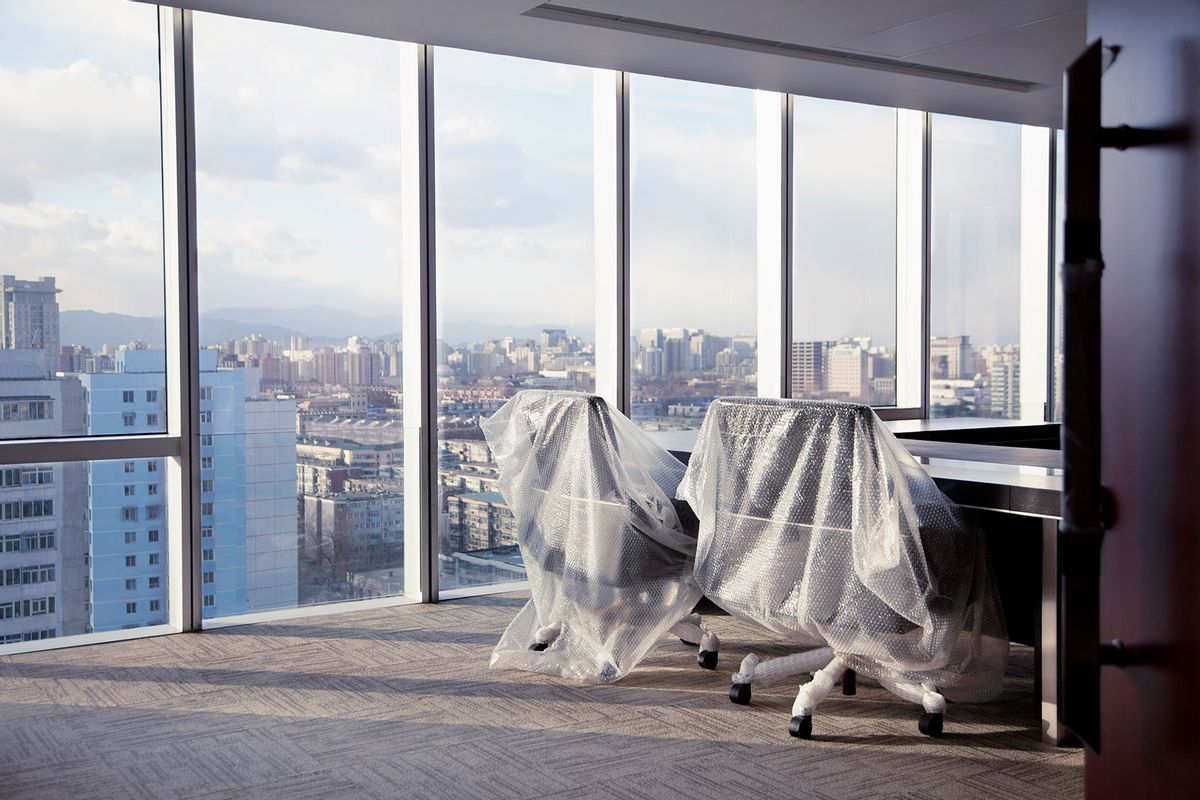The U.S. housing market is not yet what market experts call an efficient market. In an efficient market, when there is a seller, almost immediately there is a buyer. If there are enough buyers and sellers transacting, that market is efficient.
What has happened over these past few months is the exact opposite. While the housing market is not frozen, it is slow, for several reasons.
One is that even before the pandemic, there was a housing shortage in many areas. Real estate takes a long time to plan, to get money for development and then to actually build. In many cases, migration patterns suddenly create a mass of new people who will need housing, but the area lacks enough housing units.
When the pandemic came, the shortage became exacerbated. Construction actually ground to a halt at one point in many areas. Right now that shortage nationwide varies, according to an October 2024 Brookings Institute article. A Zillow 2024 release estimates a shortage of around 4.5 million homes.
Then the Fed started hiking interest rates. The 10-year benchmark Treasury Bond, which forms the basis of many real estate decisions, from development loans to home mortgages, rose. That means potential real estate project investors prefer to keep money in these safe bills and bonds rather than take a risk on a development turning sour.
We need your help to stay independent
Potential homebuyers, seeing that the mortgage interest rates are now over 5%, prefer to wait for the return of the 3% mortgage, which may never return. Sellers, knowing that even if they sell their homes will then have to take on a new mortgage to buy a bigger home, are frozen in place as well.
This begs the question, how can more housing units be freed up for buyers? One idea is to convert existing idle office buildings in major U.S. cities into residential buildings. This would at least address the shortage of city apartments for those not looking for single detached homes. Thanks to AI, remote work and flexible work arrangements, many older, non-ESG compliant office buildings have fewer tenants, unlike their Class A brethren. Those Class A office buildings still have high power professional firms and Fortune 500 tenants to justify their existence. There is no such luck for older office buildings, since the employer knows they can save money on leases and employees prefer remote work.
Is it even doable? The quick answer is yes, but there are some caveats. For starters, the city would need to approve zoning changes to the areas where the office buildings are located to allow these to become residential or mixed-use areas as opposed to commercial and retail spaces. But in many U.S. cities like San Francisco, that is not a major concern since they also see the benefits. In fact, some even provide financial incentives for doing so.
Sometimes it is better to simply demolish the existing building and start from scratch if the building does not look like residential material
Then there is the question of the land itself. If the area is predominantly upscale, then any conversion to residential would only make sense for affluent buyers or renters. Otherwise it might simply be cheaper to demolish the zero-book value older office building and build a new luxury apartment or condominium project in its place. There may be historical concerns that prevent a building from simply being torn down, though.
If the building has a particular look that lends itself to being converted into a residential or mixed- use building, there are other things to consider that will affect the cost of renovation. Again, sometimes it is better to simply demolish the existing building and start from scratch if the building does not look like residential material.
One consideration is that office buildings have light in their outer perimeter since these are where the glass windows are, but the buildings have no light in the center. If the floor area of the building is huge, then unless an empty vertical corridor is made in the center the area in the middle will have no natural light. These empty space vertical corridors come at a massive cost, and could affect the structural integrity and likely void any previous earthquake permits for the building.
Then there are the provisions that each residential unit needs for water, power, toilet and air conditioning. Most office building floors will either have one or a handful of restrooms for men, women and people with mobility issues. Residences, on the other hand, will require their own individual set of bathrooms with toilets and showers.
In many cases, it is not really practical to pursue a conversion of an existing office space into a residential space. But if the stars align, it could be a good idea and address any city’s housing space shortfall.



Shares